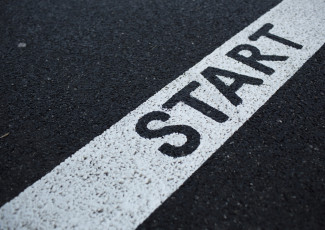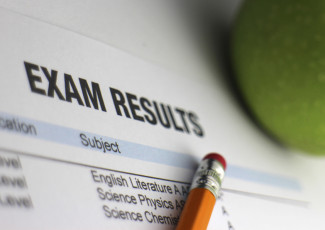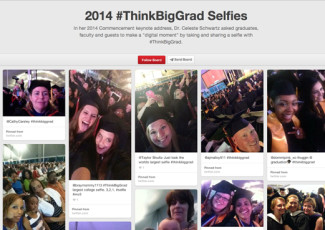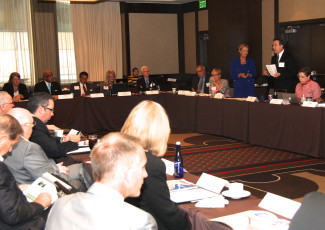College Readiness is an All-Hands Project
By Marie Foster Gnage
May 14, 2014
To decrease the need for remediation, community college faculty must work hand-in-hand with educators in the nation’s K-12 and technical training facilities.
Addressing college readiness presents a challenging yet exciting opportunity for the nation’s community colleges.
The task of getting students ready for college had been placed largely at the feet of our secondary school systems — and, to a lesser extent, adult-education centers.
But that’s no longer the case. We must consider college readiness our business, a part of our strategic plan for college completion — for student success — because the work we do now will go a long way toward alleviating much of the hand-wringing that results from trying to serve underprepared students.
It all starts with instruction and the faculty and staff on our campuses charged with delivering it.
Faculty, individually and as a group, have the power to help our students succeed. This is not to dismiss the important work that student and academic support services do in providing guidance and direction for individual student achievement. Faculty members are relationship builders. For that reason, cross-system faculty-to-faculty meetings should be a common occurrence in our districts and across our service areas.
Discussions must be frequent and dive deep to create strategies for motivating students while informing curricula. The emphasis should be not on remediation but on preparing students to complete high school and on preparing students to enter college ready to pursue a chosen course of study.
Working together
Community college faculty must respect the challenges that secondary education teachers face. Faculty meetings and relationships must extend beyond the surface — we have too many one- and two-day conferences and meetings — to foster real, lasting value. It’s all about follow-through.
Joint curriculum and program development and efforts to alleviate the need for remediation on our campuses are key. If our English and mathematics faculty would put their heads together to create a seamless curriculum from ninth grade through the second year of college, we could begin to look ahead together to new developmental milestones. Faculty in the sciences, the arts and even technical education programs would be right to do the same. By working together, our instructors and our students will have a better sense of what lies ahead.
There will always be students who, for whatever reason, do not progress at the desired rate. In these instances, secondary and postsecondary faculty might consider working together to develop special “boot camps” designed to reach at-risk learners while they are still in high school, heading off the need for remediation in college.
Many of these programs already exist. But are they consistent from year to year and from discipline to discipline? Are they scalable? Is their enough research being conducted to verify their long-term effectiveness and sustainability?
These are all questions worth asking. And it doesn’t stop with faculty.
Just as our educators must work together to drive collaboration and improvements in our system, our superintendents, principals and presidents must provide advocacy and support to underwrite these bold endeavors. As a result, faculty can put their focus where it needs to be: on teaching and learning.

















